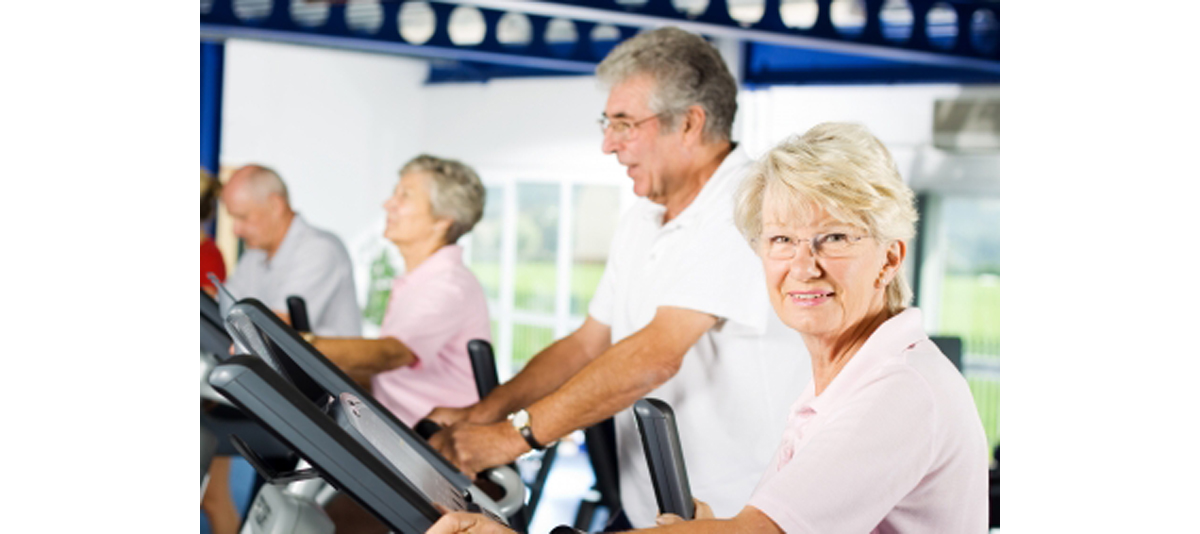Table of Contents
As people age, they tend to be comfortable staying in their homes and get into the habit of not venturing out as much as they did when they were younger. As a result, older adults often lose out on the benefits of physical activity, even if they are healthy and don't face barriers that would prevent them from exercising.
That's a shame because physical activity is so important. Here's why every older adult should consider becoming more active.
Benefits of physical activity for older adults
Many people lose interest in the physical activities that they used to participate in when they were younger because they feel as though they have less strength and energy than they used to.

Although this may be true, there are still activities older adults can participate in even when they have health issues or injuries. Limited mobility can often lead to anxiety and depression. Much of the elderly population is also afraid of injuring themselves during exercise. Exercise and physical activity for older adults is essential because it provides a number of benefits for the body and the mind. There are many different types of exercise that a more mature individual can incorporate into their lives. These exercises will help them with a number of health ailments, give them maximum benefits that will have them feeling better, and looking good, all while maintaining a holistic approach to their well-being.
According to the Mayo Clinic Staff often people believe that exercise will cause joint pain and stiffness, but this is indeed a faulty belief. People who do not exercise actually experience more problems with tight joints, pain and stiffness. The reason for this is that the surrounding muscle and tissue of joints need to be strong in order to support the bones efficiently, not exercising decreases the strength of muscles and tissue. Therefore, by not exercising the bones become weaker and are more prone to breaking because of this.
Even if an older person has a current health condition that makes physical activity difficult, many exercises discussed in this article can be adjusted for any fitness level. Consultation with a licensed medical professional prior to starting any type of exercise program is highly advised. Once the consultation is completed and an older adult gets the green light from their doctor, they can choose which exercise best suits their individual needs.
Exercise and Physical Activity for Older Adults
Just because an exercise is low-impact doesn't mean it isn't effective. Many people who are aging can benefit from a number of lower-impact exercises that will help them add variety and decrease the chance of losing interest and becoming bored with an exercise. Below are a number of exercises that an aging individual can engage in 3 to 4 times a week for about 30 to 45 minutes a day.
- References Bumgardner, Wendy, “Walking and Exercise Add Healthy years to Life,” Accessed on About.com November 15, 2009
- MayoClinic website, “Exercising with arthritis: Improve your joint pain and stiffness, Accessed November 15, 2009
- NCCAM, The National Center for Complimentary and Alternative Medicine, “Tai Chi: An Introduction,” Accessed November 15, 2009
- walking.about.com/od/healthbenefits/a/livelonger1105.htm
- mayoclinic.com/health/arthritis/AR00009
- nccam.nih.gov/health/taichi/#ack

